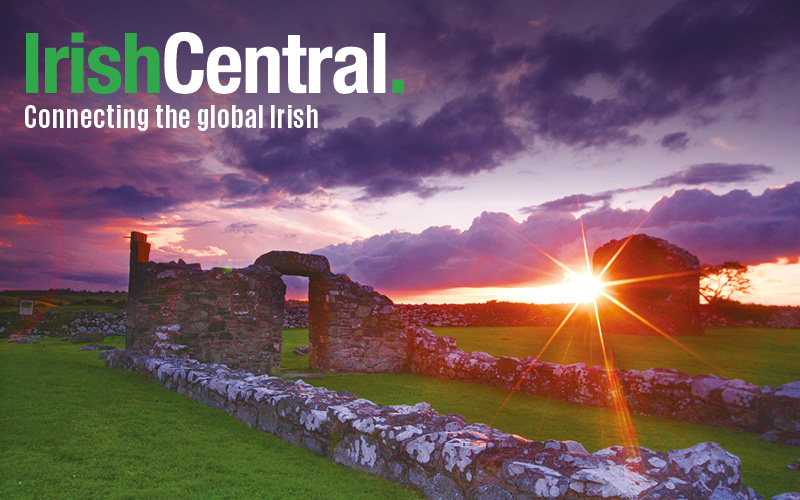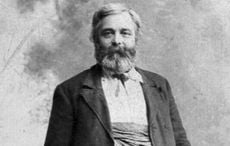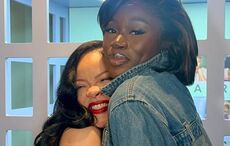Catholics? Rovers? Ramblers? Terriers? How about the Fighting Irish. There’s many stories and assumptions behind how Notre Dame landed on the Fighting Irish. Lets take a look into the deep history that surrounds Notre Dame’s moniker and mascot.
The early days of Notre Dame’s nicknames and mascots allowed for lots of creativity and reform. According to the University of Notre Dame Archives, “team names changed from year to year, team to team, game to game.”
Notre Dame was able to test drive a few other nicknames before landing on the Fighting Irish. In the 1800’s, the university's teams were dubbed the “catholics,” shocker. The catholics evolved to the Ramblers or Rovers in the 1920’s due to Notre Dame’s not yet popularized way of traveling near and far to compete. In 1927, Notre Dame officially became the fighting irish under Rev. Matthew Walsh but was originally paired with irish terriers and not officially changed to a leprechaun until 1965. Prior to the age of the Irish Terriers , Notre Dame had enough animal mascots for a small petting zoo.
A South Bend Tribune article from September 22nd, 1900 spoke of Notre Dame’s interesting army of mascots, “With this aggregation of animals, the kangaroo hurdling hedge fences, the goat bucking the line and the dogs doing tricks on the side-lines, Notre Dame should present a terrifying appearance to any antagonist.” Odd names and mascots continued to appear at Notre Dame until the “fighting irish” took prominence.
Like any good legend, the fighting irish has an interesting story behind its origin. Unfortunately, it’s unknown as to which story holds the most truth. The official site of Notre Dame Athletics gives a brief history of the differing tales. The first, dating back to as early as 1899 says that Northwestern fans came up with the name as their wildcats trailed the Irish. The students chanted “kill the fighting irish,” as the second half began. The next story emerged from a 1909 game when a Notre Dame football player addressed the team while losing and said “what's the matter with you guys? Your all irish and you're not fighting worth a lick.” Notre Dame came back to win and the press, having overheard the player’s explosion, reported the game as a victory for the Fighting Irish.
Others strongly suggest that the moniker comes from the idea that Notre Dame athletic teams will fight till the end like the Irish Brigade in the Civil War. Notre Dame was directly linked to the Irish Brigade through their third president, William Corby. Corby served as chaplain for the Irish Brigade and granted absolution to soldiers during the Battle of Gettysburg.
Some suggest that the “Fighting Irish” refers to an altercation between Notre Dame students and the Ku Klux Klan. In the 1924, students and klan members engaged in a two day street fight. The Klan, being very present in Indiana at the time, journeyed to South Bend to terrorize Notre Dame’s catholic students. The Irish fought and prevailed.
Todd Tucker recounts the animosity and violent fight in his novel Notre Dame vs. The Klan: How
the Fighting Irish Defeated the Ku Klux Klan.
The most accepted explanation is that the press came up with and popularized “The Fighting Irish” referring to the never give up attitude of Notre Dame Athletics. The name gained more legitimacy in the 1920s as Notre Dame alumnus Francis Wallace used the “Fighting Irish” in his New York Daily News column.
A few years prior to the “fighting irish” becoming official, Notre Dame saw its first terrier. In 1924 Knute Rockne, Notre Dame’s football coach, was given an Irish Terrier by the Alumni Club of Toledo. A new tradition had begun, as Irish Terriers continued to appear on the sidelines for many years to come. Notre Dames past famed Terriers include, Tipperary Terrence, Tippery Terrence II, Top Shuan Rhu, and of course, Clashmore Mike.
The Notre Dame Archives shared that, “In the 1940’s, a human Irishman appeared at pep rallies, at media day, on the sidelines game day, and on the ND vs. Navy football program covers.” The irish tandems, terriers and leprechauns, worked the crowds together for 20 years. The leprechaun became an official part of the Notre Dame cheer team in 1960. The terriers faded by the 70’s and the Notre Dame moniker mascot combo we know today had begun. The original drawing of the Leprechaun was done by Ted Drake and first appeared on the cover of Time Magazine on November 20th 1964.




Comments